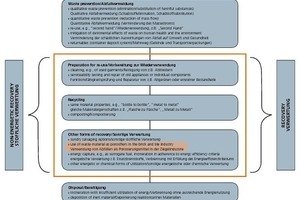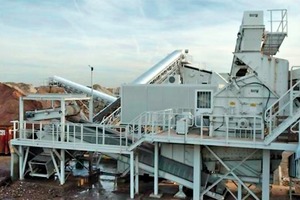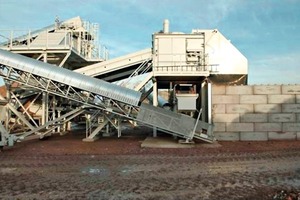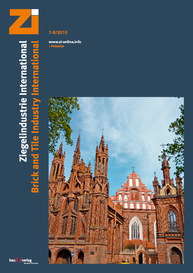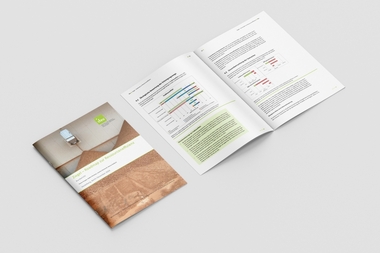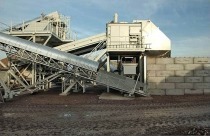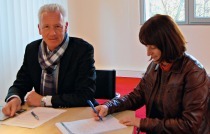Recycling: a challenge for the brick and tile industry
Resource efficiency, recycling, closed material cycles – the brick and tile industry will be facing all these new challenges in the years to come. This contribution investigates the relevant regulatory framework, surveys the pertinent ongoing research activities, and provides information on the prerequisites for successful recycling in the brick and tile industry.
1 Introduction
While there are a number of traditional applications for heavy clay construction and demolition waste – for example as aggregate for the production of lightweight concrete or as...

